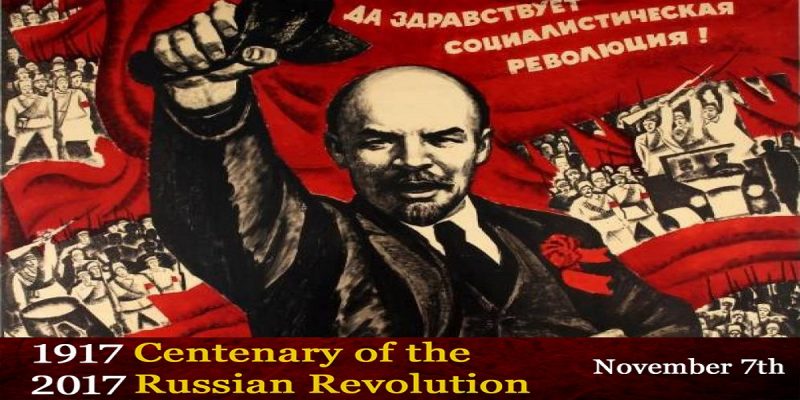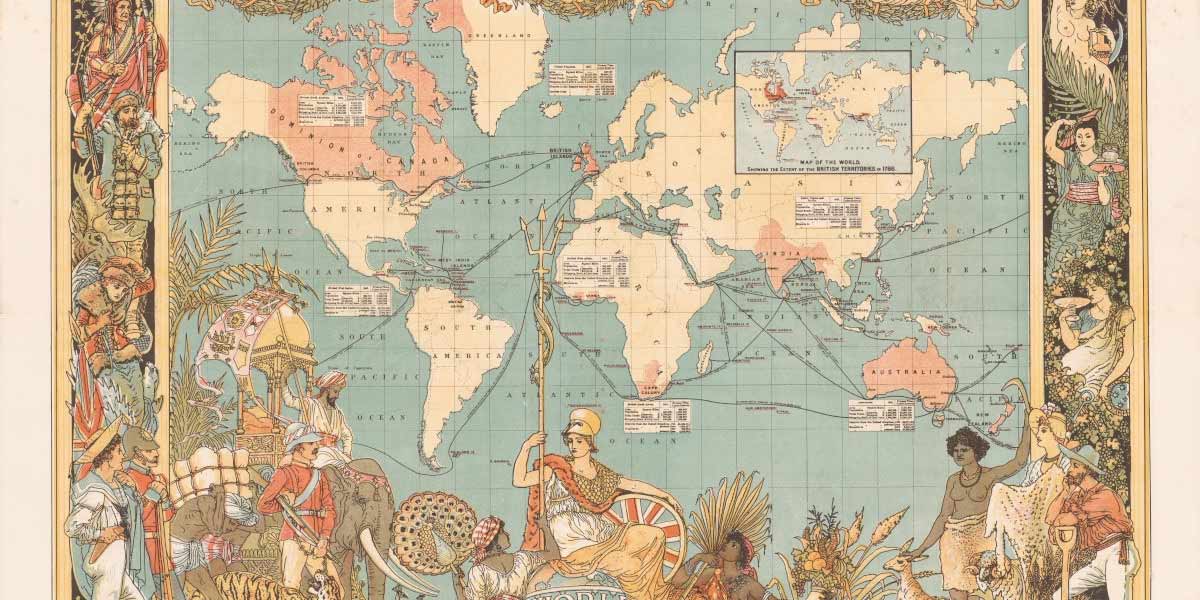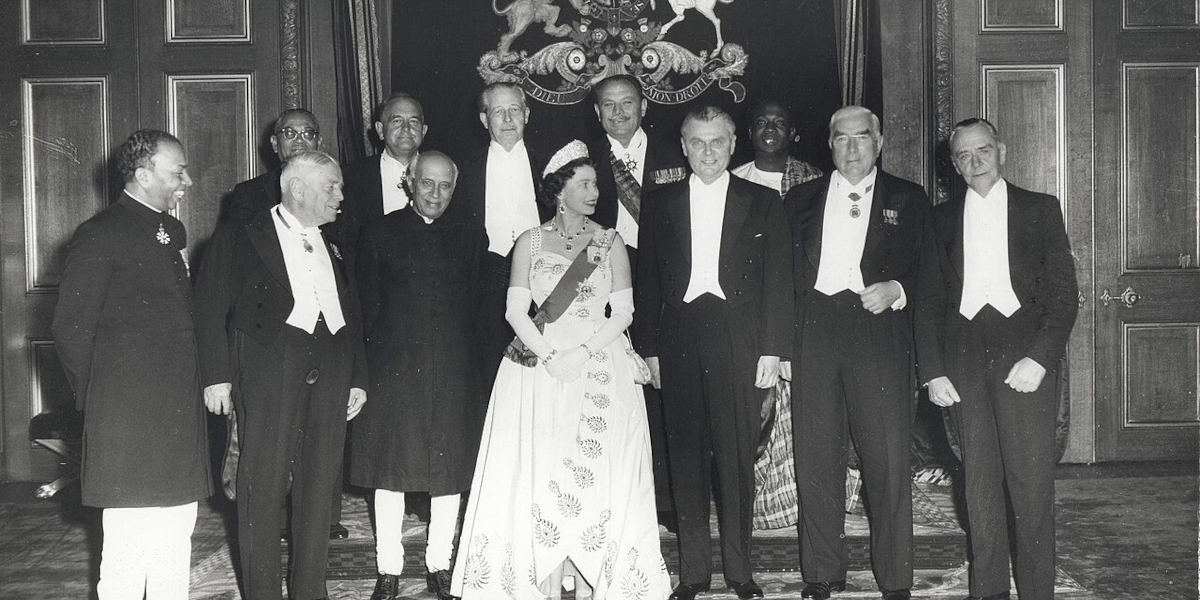History
-

The driver of dispossession
Tina Ngata explains the social and legal legacies of a 15th-century Christian principle that paved the way for imperial violence in, and far beyond, New Zealand
-

A history of the Marxists Internet Archive
The Marxists Internet Archive, an online home for radical history, has a fascinating history of its own, writes Jack Archie Stewart
-

The depths of injustice
Jay V Haigler is a Diving With a Purpose (DWP) scientific diver and master instructor. Here he explains the power of educating through storytelling
-

The blood never dries
While our government wants us to step back and forget what we know about the violence of Britain’s imperial state, Richard Gott says it’s time for a much deeper reckoning
-

Drawing a line in Afghanistan
The legacy of colonialism is still very real along borders arbitrarily drawn by the British and brutally contested to this day, writes Suchitra Vijayan
-

The Socialist Olympics of 1936
Radical workers’ sporting organisations and the 1936 People’s Olympiad illustrate the role of sport in fighting oppression, writes Uma Arruga i López
-

The Firm and its long-lasting grip
Laura Clancy examines the history of the Crown, its role in empire and its continuing functional and ideological purpose today






